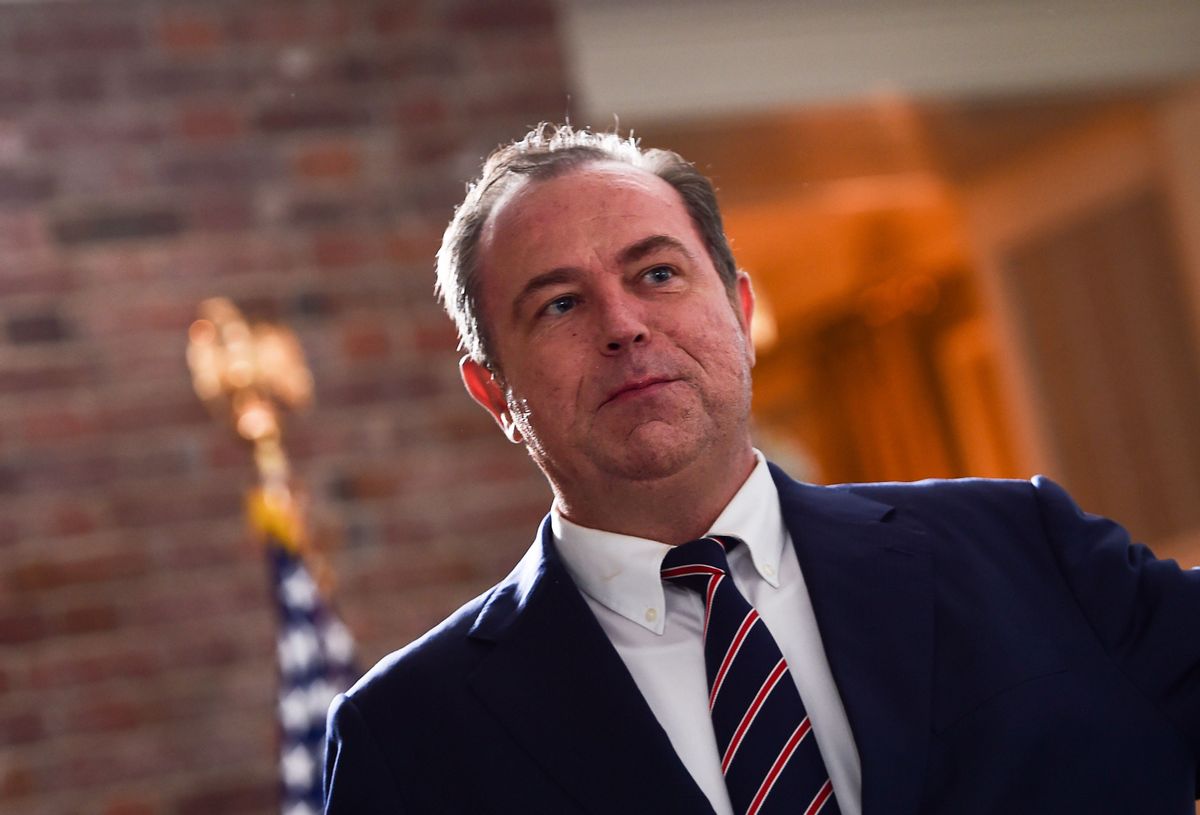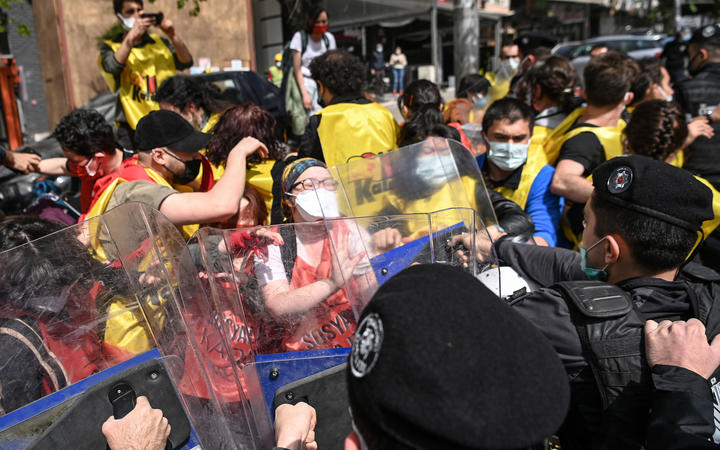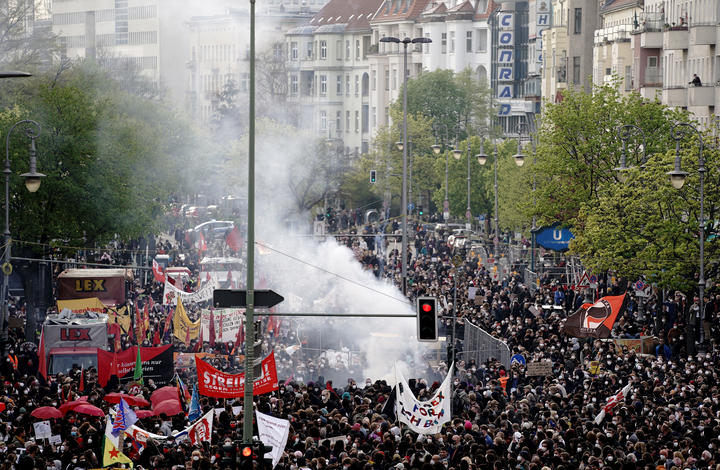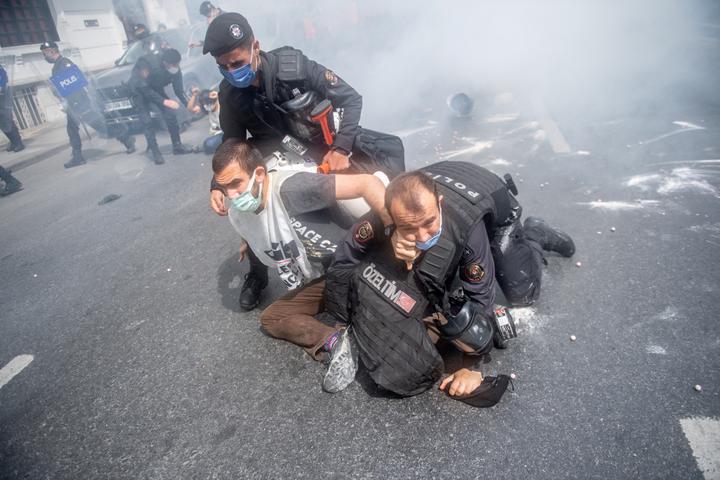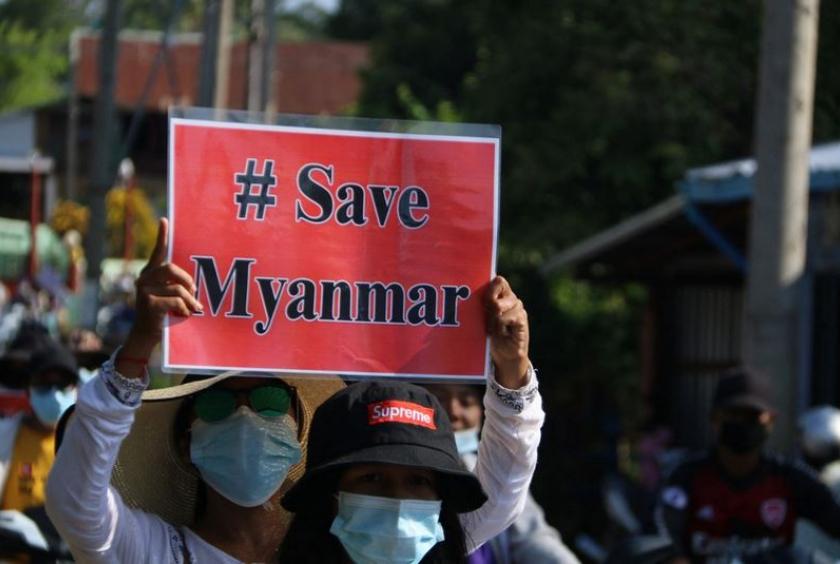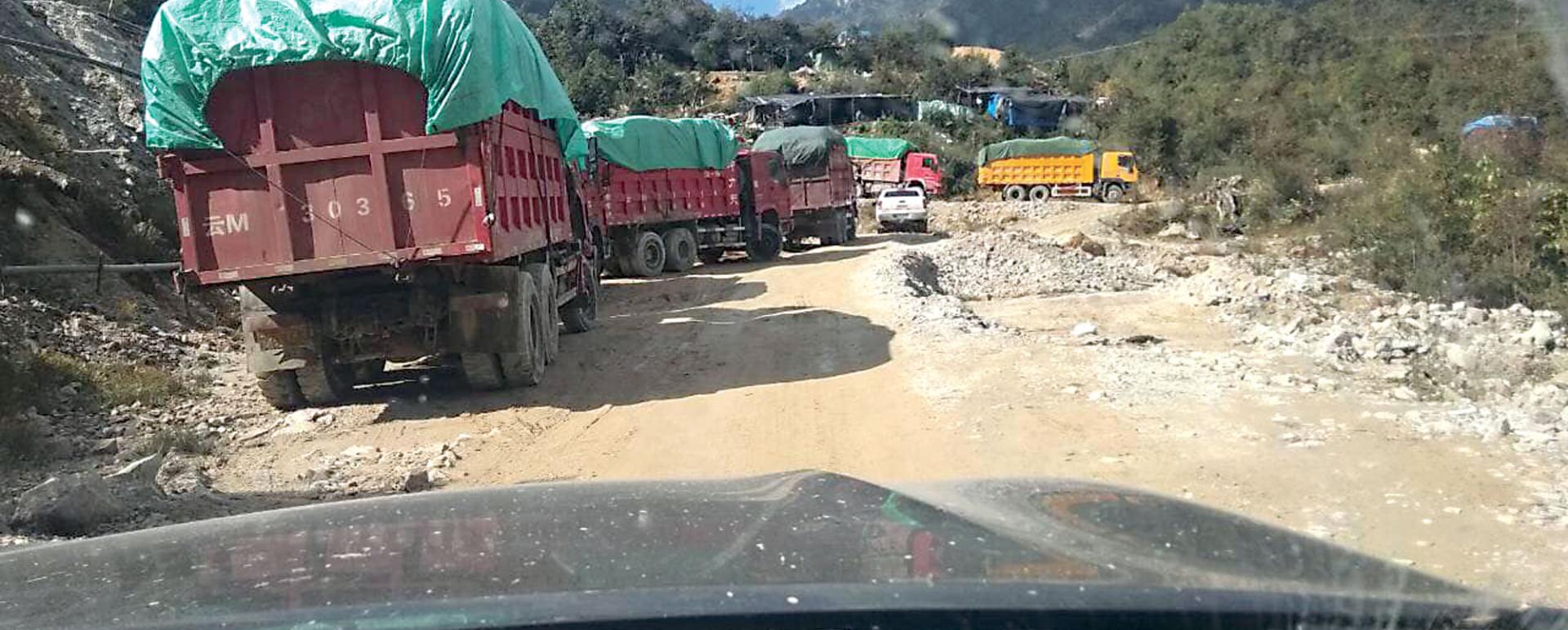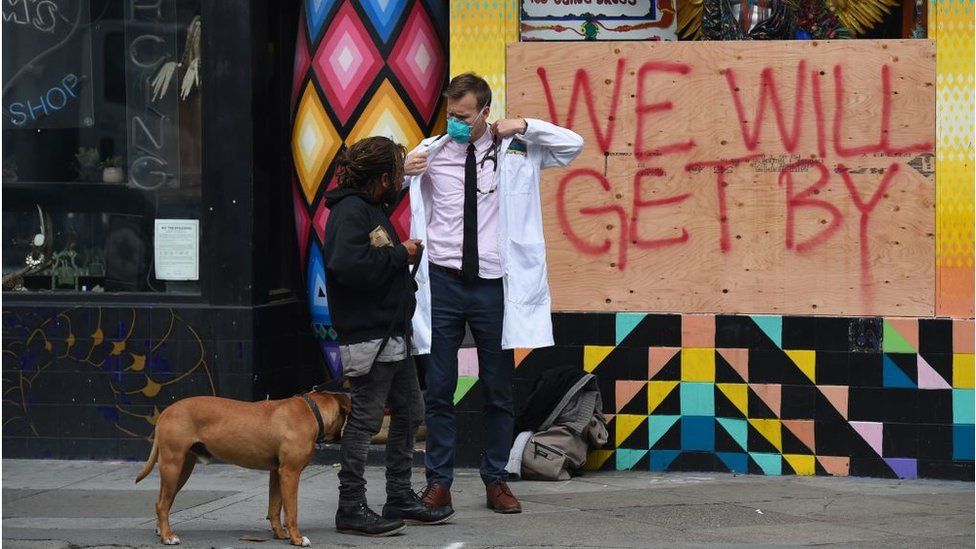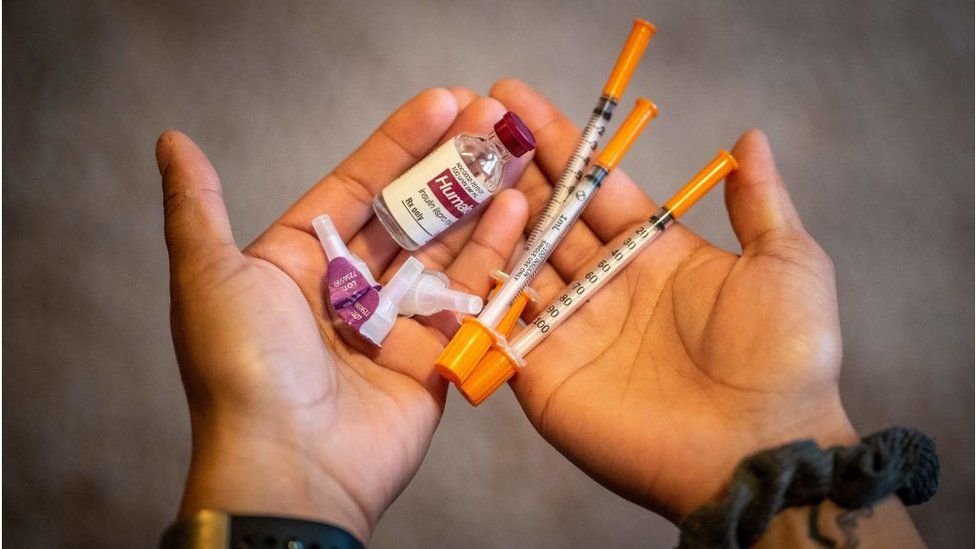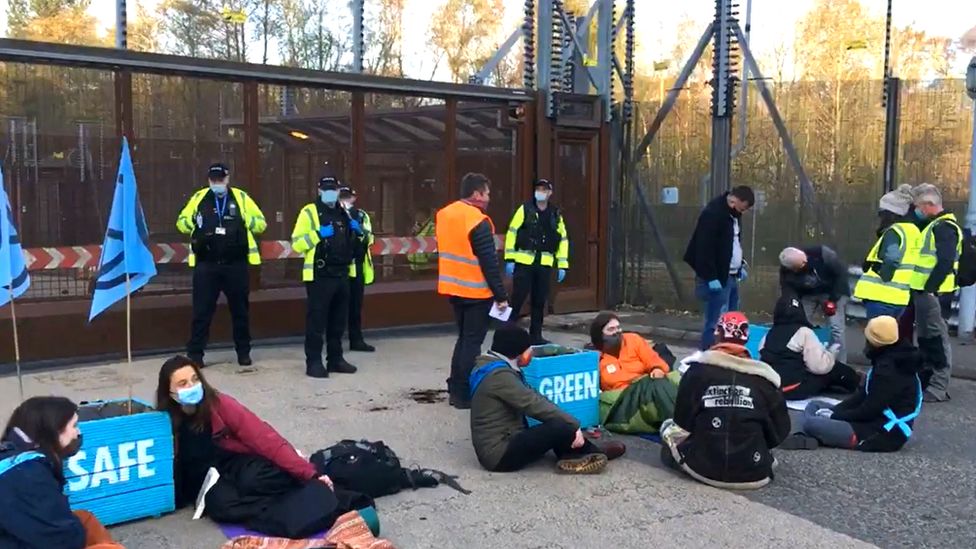Fishing for chips: Making the case for a homegrown Canadian semiconductor industry
Barbara Shecter
POSSTMEDIA
4/30/2021

© Provided by Financial Post A microchip manufactured by NXP Semiconductors NV, on a printed circuit board (PCB) at CSI Electronic Manufacturing Services Ltd. in Witham, U.K.
Natalia Mykhaylova’s Toronto-based company WeavAir sells sensor and data-collection technology designed to improve air quality, cut maintenance and energy costs, and improve efficiency in places ranging from mass transit hubs to hotels.
Customers and prospective buyers started asking for something that would measure viruses and bacteria in the air after COVID-19 was declared a pandemic last year, but the technology didn’t exist. Mykhaylova, whose background includes degrees in chemical engineering and pharmacology, decided to build it.
“We started work on development of a new technology, a new detector, that can in real time detect the presence of bacteria and viruses in the air,” she said. “We are building a new optical system and we are miniaturizing what is available into a much smaller form … or the size of the device.”
She holds up a small box, not much bigger than a flash drive, which houses the semiconductor she and her team designed. It may be small, but if Canada hopes to carve out a spot in the upheaval roiling the competitive global semiconductor market dominated by the United States and Asia, its best hope may lie with people such as 34-year-old Mykhaylova
.
© WeavAir Natalia Mykhaylova, founder of Toronto-based WeavAir, couldn’t find a semiconductor that would do what customers were asking for. So she and her team built it.
The nearly US$490-billion global semiconductor industry is in a massive period of flux. Over the past several months, it has been beset by trade wars, supply chain problems and even a factory fire, all of which have been blamed for the chip shortages disrupting the automobile and consumer electronic sectors. The issues were serious enough to prompt United States President Joe Biden’s administration to convene an urgent meeting in mid-April with industry heavy-hitters including the CEO of Intel Corp., and to call for billions of dollars in spending to boost the supply of semiconductors, the silicon and crystal powerhouses of electronic and sensor devices colloquially known as chips.
Demand for consumer electronics and the semiconductors that power them has skyrocketed during the pandemic, further pressuring supplies needed for computers and sensors in the automobile industry, causing massive disruptions. As a result, losses could end up in the billions of dollars and manufacturers in Canada have not been immune. In February, a General Motors Co. plant in Ingersoll, Ont., was idled by the chip shortage, with more than 1,000 workers eligible to collect layoff benefits.
Given the impact across North America, the U.S. has pledged to reclaim ground lost to semiconductor technology and manufacturing powerhouses in Asia, and there is a growing cadre of of professionals in the sector who believe Canada, too, has an opportunity to stake a claim in the global tech shakeout — building on a legacy of innovation dating back to the heyday of Nortel Networks Corp. in the 1990s.
The Ottawa-based company was once a semiconductor manufacturer, but those operations were sold to Geneva-based STMicroelectronics International N.V. for about $100 million in 2000. Other Canadian high-flyers in the sector before the dot-com bust that year were Mitel Networks Corp. and JDS Uniphase Corp.
Mary Ng, Canada’s Minister of Small Business, Export Promotion and International Trade, said her government is committed to rebuilding cutting-edge tech companies based in Canada. A close relationship between Canada and the U.S. should accelerate this process, she said.
“I see this as an opportunity for Canada and the U.S. to build together, for us to collaborate together (and) then to sell them to the rest of the world,” she said. “Canada has a strategic advantage in the already existing robust relations and preferential access to this market.”
Ng was on hand in March when the government announced nearly $5 million in funding for Markham, Ont.-based ventureLAB’s Hardware Catalyst Initiative, Canada’s first silicon incubator. She said the decision to invest was easy, given the plan to accelerate the commercialization of homegrown companies that can compete globally in sectors including health care, consumer electronics, telecommunications, smart energy and transportation.
VentureLAB has received $13 million in combined government and corporate funding, and Ng noted there is built-in Canada-U.S. cooperation through a partnership with Silicon Catalyst, the world’s largest incubator for semiconductor startups, which is based in Silicon Valley.
“The development of these startups and these scale-ups presents an opportunity,” she said, adding that the government is committed to “ensuring that growth is anchored in Canada as they scale and pursue opportunities in the international marketplace.”
WeavAir is among the first 16 startups backed by VentureLab, and Mykhaylova said she hopes to use the testing, business planning and mentorship the incubator provides to get her virus-detecting technology from prototype to production, hopefully by the third quarter of this year.
Melissa Chee, VentureLab’s chief executive, said she believes Canada can develop a hardware industry by scaling up startups and tapping the talent in world-recognized science, math, and technology programs at Canadian universities.

© VentureLab Melissa Chee, VentureLab’s chief executive.
Investing now could, in turn, also make Canada a more appealing place for international chip companies to do business, Chee said. The efforts have already attracted Nuvia Inc., a Santa Clara, Calif.-based silicon design company founded by some of the brains behind the chips that power Apple devices, which, on the heels of raising US$240 million, opened its first international office last year in the Greater Toronto Area.
Chee is fond of quoting a figure from the California-based Semiconductor Industry Association that states each semiconductor job creates almost five indirect jobs in a global industry that generates US$7 trillion in economic activity.
“That’s a very high multiplier. These are highly technical and advanced manufacturing skill sets, so very important for Canada,” she said, adding that these jobs are integral to expanding the green economy including electric cars. “I think it really underpins the key sectors we care about … that’s all based on electronics and semiconductors.”
Canada is not a major player in manufacturing semiconductors, with companies such as Teledyne Technologies operating specialty manufacturing facilities in Edmonton and Bromont, Que., while the world’s largest foundries are located in Taiwan, South Korea, China and the U.S.
Canada’s revenue from semiconductor and other electronic component manufacturing is projected to grow to US$3.8 billion dollars by 2024, according to Statistica.com. By comparison, Taiwan Semiconductor Manufacturing Co., the world’s biggest chipmaker, raked in revenue of US$47.78 billion in 2020.

© Ann Wang/Reuters files The logo of Taiwan Semiconductor Manufacturing Co (TSMC) is pictured at its headquarters, in Hsinchu, Taiwan.
Despite the small size of Canada’s manufacturing base, Chee thinks Canada could eventually grow a large enough industry presence to attract a foundry expansion from Asia, with others suggesting this would provide proximity to the North American market without having to locate in the U.S., where contentious issues including national security have made commercial and trade relations tense in recent years.
But Gordon Harling, a longtime industry player who worked as an engineer at Novatel Communications Ltd. and in research and development at the semiconductor division of Mitel Networks, said Canada gave up the opportunity to stake a claim in large-scale semiconductor and hardware manufacturing more than two decades ago.
That’s when he sold Goal Semiconductor Inc., a Montreal-based company he founded, to Taiwanese company Mosel Vitelic Inc., which planned — along with Quebec’s Société générale de financement — to build a multi-billion-dollar microchip wafer manufacturing plant in the province. However, the project failed to secure funding from Ottawa and Quebec, and Harling said the cost of such an undertaking has only skyrocketed since then. What’s more, he said, chips are constantly getting smaller, making the expensive manufacturing facilities obsolete in about 10 years.
“I don’t think Canada is going to open the purse wide enough to do that,” he said.
Hand-wringing over Canada’s ability to turn innovative technology into a viable commercial profit centre has been going on for years. A 2007 report by the Information Technology Association of Canada urged the country, and particularly Ontario, to revitalize the “microelectronics” sector to regain ground in a fast-evolving global industry where manufacturing costs were skyrocketing and consolidation was underway.
But instead of trying to compete in what Harling called “commodity” semiconductors, Canada should focus on building niche specialty products, said the chief executive of CMC Microsystems, a not-for-profit that creates and then shares platforms to reduce costs and speed up technology development and adoption.
For example, photonics, which use light to do functions usually carried out by electronics, as well as mechanical sensors (MEMS) and quantum devices.
This isn’t the kind of chip technology that drives the main computer in a car, Harling said, but it has specialty applications including optical data communication, lighting and displays, which can be used in sectors including manufacturing, telecommunications and health sciences.
“My personal opinion is that Canada probably doesn’t want to compete head to head with China or the U.S. on commodity car computers with very low profit margins,” he said. “But we can make the hundreds of other devices that are necessary for the car.”
Specialized sensors are integral to the automotive industry for the operation of in-car displays, air bags, radar, tire pressure gauges and the like. Silicon photonics can also be used to carry video signals to seat backs in commercial aircraft and eliminates electromagnetic interference with flight systems.
4HOURDAY,4DAYWEEK,40HOUR$PAY

© Courtesy Urban Stalk Semiconductors power robotics and other functions at Urban Stalk, a Hamilton, Ont.-based start-up moving agriculture from fields to city centres.
The technology has applications ranging from autonomous vehicles and bio-medical manufacturing to components for smart cities, clean technology and food security infrastructure.
Harling said the tech’s versatility makes an ideal investment beachhead for Canada to stake a claim in the ongoing chip sector shake-up.
To that end, CMC is getting ready to pitch a five-year, $140-million plan to federal and provincial governments that, if funded, would focus on photonics, mechanical sensors and quantum devices, from research and development through to the building of manufacturing capacity and a supply chain to commercialize made-in-Canada components and systems.
“All of these technologies are (used) to create advanced components and all are necessary in multiple applications,” Harling said, adding that they require many of the same highly qualified personnel skills, the same “clean room” facilities and similar equipment and processes.
Car chip shortage shines light on fragility of U.S. supply chain
“Being very good at one of them means you can transfer some of those skills to another area.”
He estimated that his organization’s multi-year plan would create more than 4,000 skilled jobs, and suggested that some of the intellectual property would only be made available to Canadian-controlled companies, so the country will be less exposed next time there is disruption in the global chip supply.
“(This is) about growing and reinforcing the value chains in some of the areas where Canada could potentially dominate,” he said.
Mykhaylova, meanwhile, has her own domination plans. Her company, WeavAir, is preparing to take a big step forward this fall to deploy its homegrown, virus-sniffing chip technology.
“We will have a product that is reliable enough to be put in commercial operations to be tested at scale … a couple of hundred to deploy in buildings,” she said.
It’s a small step, perhaps, but one that her backers hope is only the start.
Financial Post
• Email: bshecter@nationalpost.com | Twitter: BatPost

